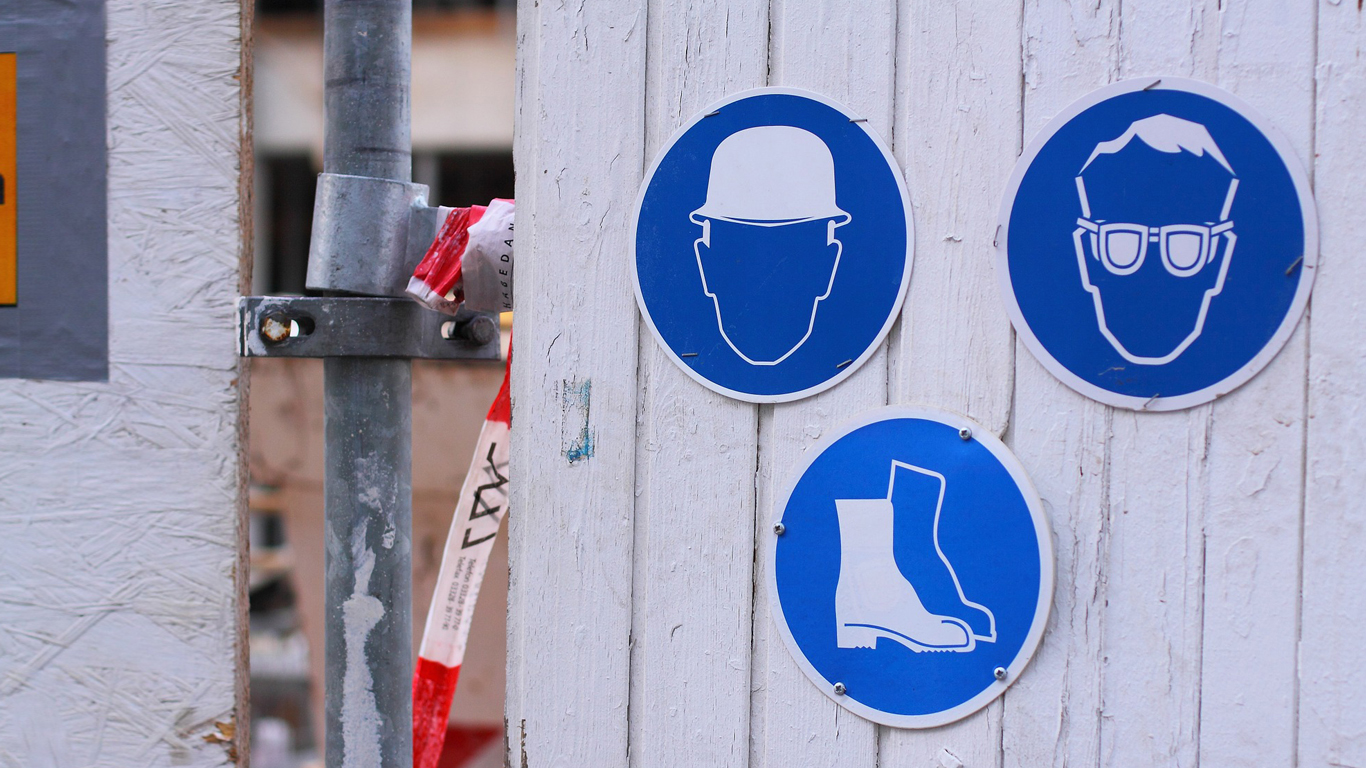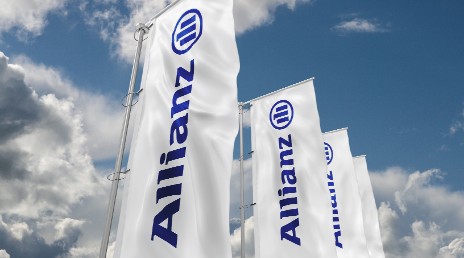Employers’ and employees’ duties have been extended under the new Personal Protective Equipment at Work (Amendment) Regulations 2022, which came into force on 6 April.
What is Protective Personal Equipment (PPE)?
What's changing?
Whilst most of the existing regulations (PPER 1992 Regulations) remain in force, the new regulations now extend to limb (b) workers. Limb (b) workers and their duties are explained in detail by the HSE2, but in general terms they are individuals who may:
- undertake casual or irregular work for more than one company;
- work under a contract for service;
- receive holiday pay but no other employment rights;
- only carry out the work if they choose to do so.
In contrast, limb (a) workers have a formal contract of employment and were already covered under the PPER 1992 Regulations.
What does this mean for employers?
Employers with both limb (a) and limb (b) workers need to ensure a consistent approach in how they provide PPE to employees, including provision of PPE at no cost. They may also need to carry out risk assessments and PPE suitability assessments to ensure all of their staff are protected at work.
Ultimately the new regulations should provide clarity for employers on their health and safety duties towards workers, whilst making workplaces even safer for employees. In addition, whilst it is important to recognise that PPE is considered the last resort when it comes to health and safety control measures, the amendments mean that regardless of their employment type, all workers should have the same rights and access to protection when required.
For more information, visit the HSE website. You can also find a wealth of guidance on many topics, including PPE, plus links to resources and information via our Allianz Risk Management website.
2. HSE. Personal protective equipment (PPE) at work regulations 2022
About Allianz Insurance
Allianz Insurance plc is one of the largest general insurers in the UK and part of the Allianz Group.
About Allianz
The Allianz Group is one of the world's leading insurers and asset managers with more than 100 million* private and corporate customers in more than 70 countries. Allianz customers benefit from a broad range of personal and corporate insurance services, ranging from property, life and health insurance to assistance services to credit insurance and global business insurance. Allianz is one of the world’s largest investors, managing around 790 billion euros on behalf of its insurance customers. Furthermore, our asset managers PIMCO and Allianz Global Investors manage 1.7 trillion euros of third-party assets. Thanks to our systematic integration of ecological and social criteria in our business processes and investment decisions, we are amongst the leaders in the insurance industry in the Dow Jones Sustainability Index. In 2021, over 150,000 employees achieved total revenues of 148.5 billion euros and an operating profit of 13.4 billion euros for the group.
*Including non-consolidated entities with Allianz customers




























